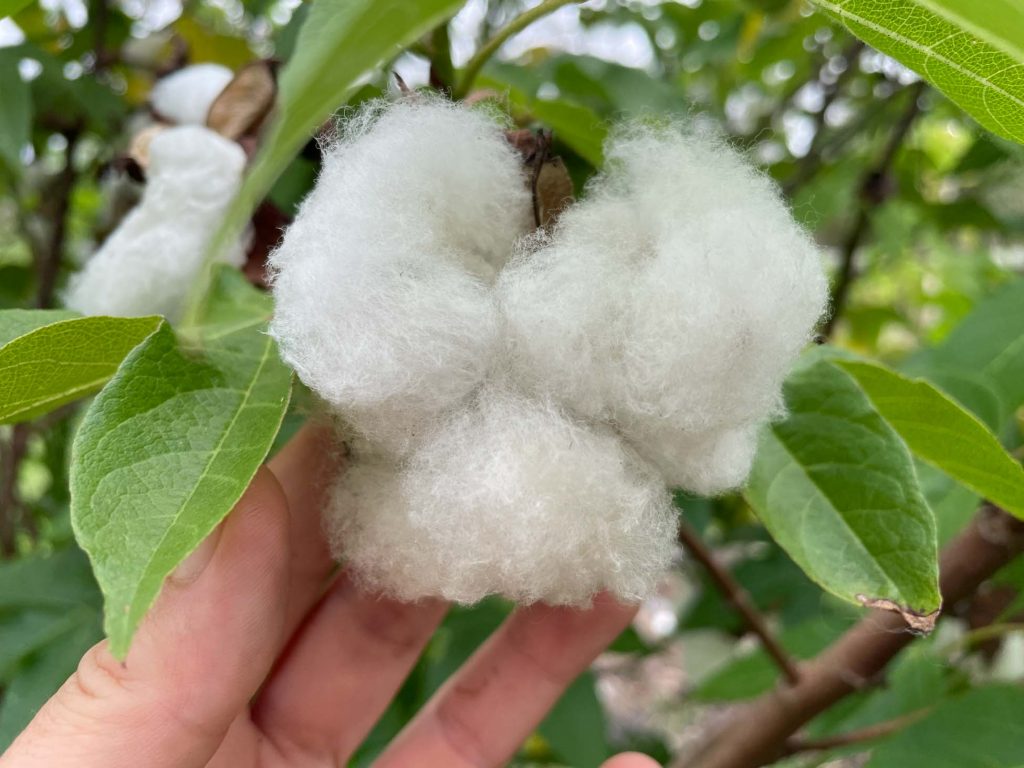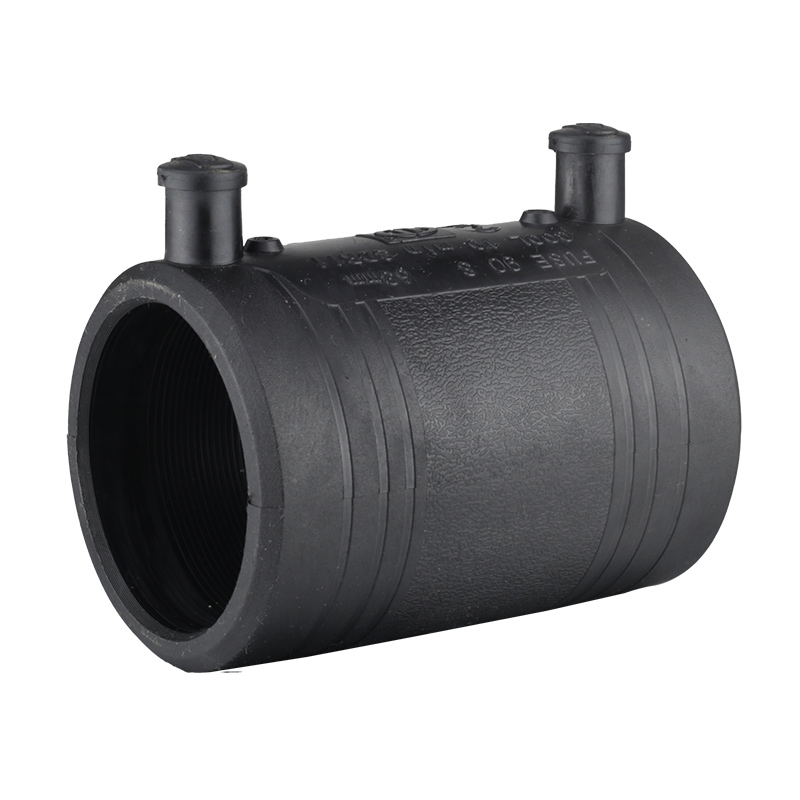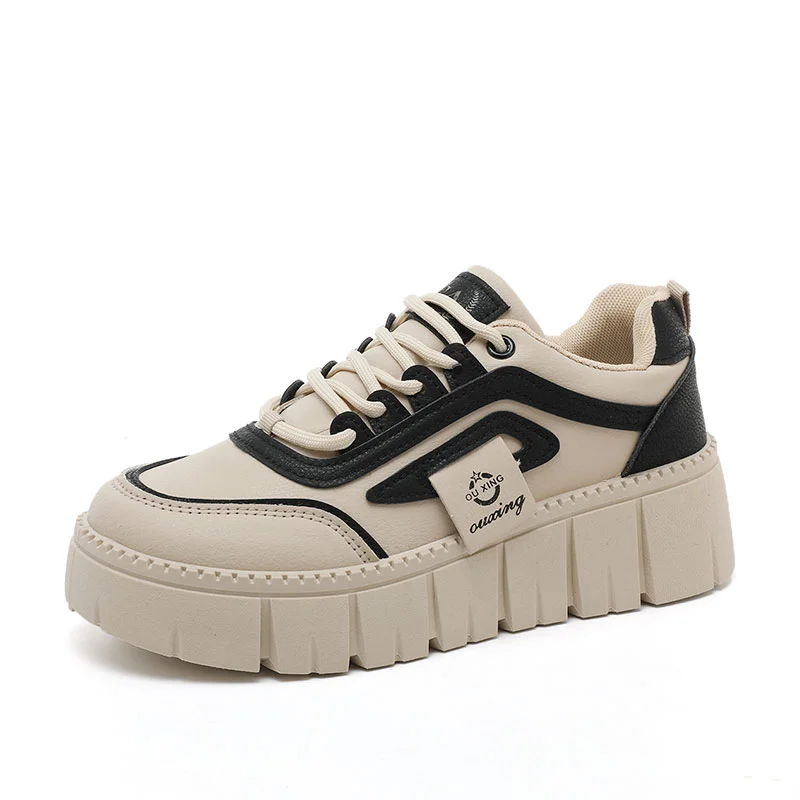In today's fast-paced world, maintaining a healthy lifestyle has become a top priority for many individuals. While exercise and nutrition play crucial roles, the impact of clothing on our overall well-being is often overlooked. The fabric we choose to wear can significantly affect our body's health and comfort. In this article, we will delve into the world of fabrics and explore which one is best for promoting a healthy body.
- Natural Fabrics: Embracing Breathability and Comfort
Natural fabrics, such as cotton, linen, and silk, have long been favored for their breathability and comfort. These fabrics allow air to circulate freely, preventing excessive sweating and promoting better skin health. Cotton, in particular, is highly absorbent, making it an excellent choice for those with sensitive skin or allergies. Additionally, natural fabrics are hypoallergenic, reducing the risk of skin irritation and rashes. - Performance Fabrics: Enhancing Active Lifestyles
For individuals leading active lifestyles, performance fabrics offer a range of benefits. These fabrics, often made from synthetic materials like polyester or nylon, are designed to wick away moisture from the body, keeping you dry and comfortable during physical activities. They also provide excellent stretch and flexibility, allowing for unrestricted movement. Moreover, many performance fabrics incorporate antimicrobial properties, preventing the growth of bacteria and reducing odor. - Organic Fabrics: Nurturing the Environment and Your Body
In recent years, the demand for organic fabrics has surged due to their eco-friendly nature and health benefits. Organic fabrics are made from fibers grown without the use of harmful pesticides or chemicals, making them safer for both the environment and our bodies. Fabrics like organic cotton and bamboo offer exceptional softness and breathability, while also being hypoallergenic and biodegradable. Choosing organic fabrics not only promotes personal health but also contributes to a sustainable future. - UV-Protective Fabrics: Shielding Your Skin from Harmful Rays
Excessive exposure to the sun's ultraviolet (UV) rays can lead to various skin problems, including sunburn, premature aging, and even skin cancer. To combat this, fabrics with built-in UV protection have gained popularity. These fabrics are tightly woven and treated with special coatings to block a significant amount of UV radiation. By wearing UV-protective fabrics, you can enjoy outdoor activities while minimizing the risk of sun damage to your skin.
Conclusion:
When it comes to choosing the best fabric for a healthy body, several factors need to be considered. Natural fabrics like cotton and silk provide breathability and comfort, while performance fabrics cater to active individuals with their moisture-wicking and antimicrobial properties. Organic fabrics offer a sustainable and hypoallergenic option, and UV-protective fabrics shield your skin from harmful rays. By understanding the benefits of different fabrics, you can make informed choices that promote both your well-being and the environment. Remember, your clothing is not just a fashion statement but also a vital component of a healthy lifestyle.





More Stories
The Comfort and Versatility of Women’s Canvas Shoes
Styling Women’s Casual Shoes for Work, Weekend, and Beyond
How to Style Men's Knitwear for Every Season